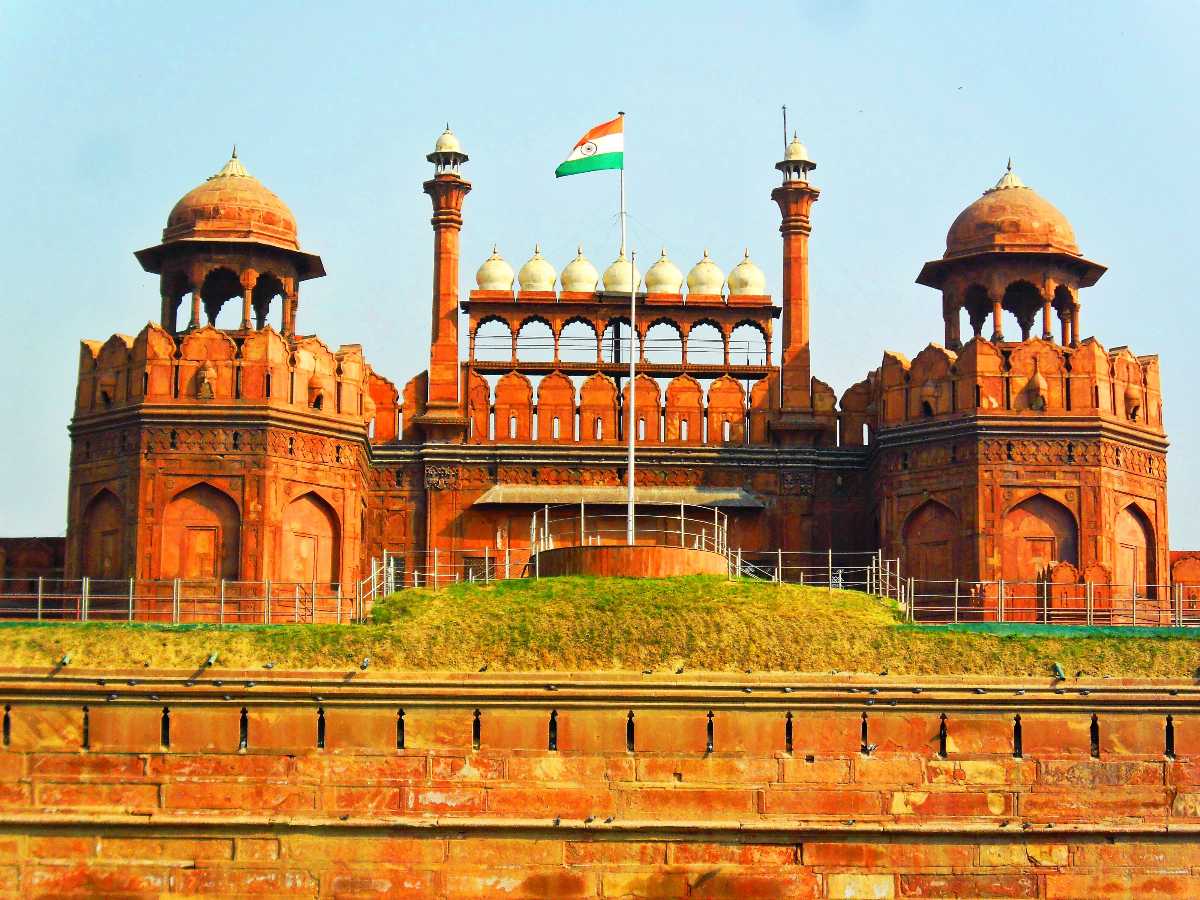At the stroke of the midnight hour, when the world sleeps, India will awake to life and freedom…’ This historic speech marked India’s independence from British rule and simultaneously made the Red Fort in Delhi a politically significant monument, which now acts as the setting for the independence day celebrations each year. However, the Red Fort has been a strategically important monument through the ages, due to Delhi being the capital city for a good part of the Mughal rule in India.
Red Fort, also called Lal Qalʿah, also spelled Lal Kila or Lal Qila, Mughal fort in Old Delhi, India.
It was built by Shah Jahān in the mid-17th century and remains a major tourist attraction. The fort was designated a UNESCO World Heritage site in 2007.
The fort’s massive red sandstone walls, which stand 75 feet (23 metres) high, enclose a complex of palaces and entertainment halls, projecting balconies, baths and indoor canals, and geometrical gardens, as well as an ornate mosque. Among the most famous structures of the complex are the Hall of Public Audience (Diwan-i-Am), which has 60 red sandstone pillars supporting a flat roof, and the Hall of Private Audience (Diwan-i-Khas), which is smaller, with a pavilion of white marble.
An earlier red fort had been built in Old Delhi in the 11th century by the Tomara king Anangapala. The Quṭb Mosque now stands on the site.
#LalQuilaHamaraHai

